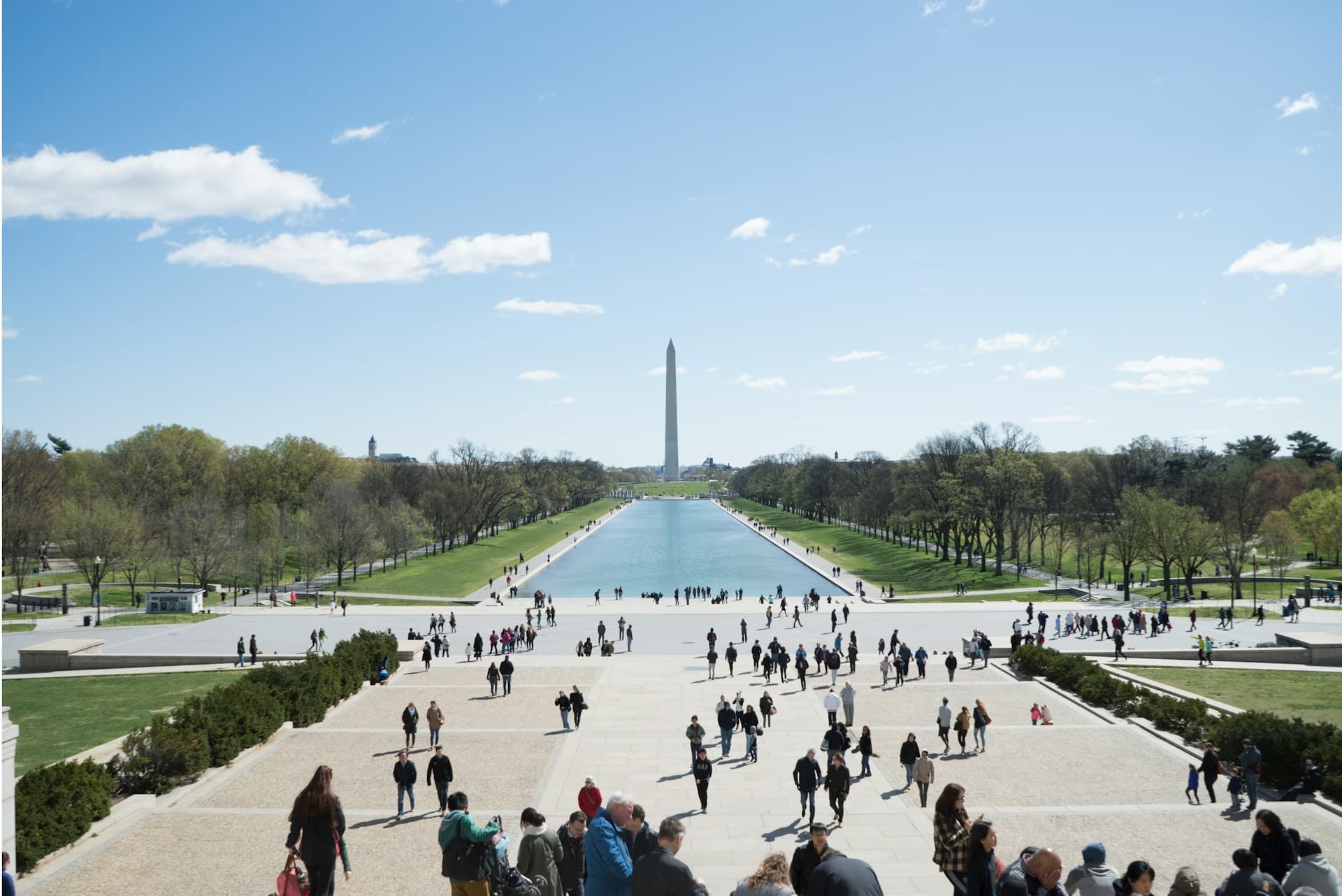POLLS: Young Voters Want Johnson and Stein

According to recent polls, approximately 4 in 10 Millennial voters say they would support either Libertarian presidential candidate Gov. Gary Johnson or Green Party candidate Dr. Jill Stein. The popularity of alternative options outside the Republican and Democratic parties increases the possibility that there might be three, maybe four lecterns on the fall presidential debate stage.
The latest Investor's Business Daily / TIPP poll shows Johnson leading among 18-24 year olds with 35 percent of the vote, followed by Democrat Hillary Clinton at 30, then Dr. Jill Stein at 14. Donald Trump came in last with 12 percent of the young vote.
88 percent of respondents said they had an unfavorable opinion of Donald Trump, while 65 percent said the same thing about Hillary Clinton. A recent PPP poll also shows that 35 percent of Millennials remain undecided or are looking at Johnson or Stein.
The Washington Post reported Friday on a McClatchy-Marist Poll that shows Johnson polling at 23 percent among voters under the age of 30 while Stein is polling at 16 percent. Again, nearly 4 in 10 Millennials -- the largest generation in the United States -- are looking outside the Republican and Democratic parties.
These polls released around the same time Gov. Johnson launched his #15for15 campaign, in which his campaign hopes to raise $1.5 million on August 15 to help boost Johnson's presence in national polls. The former governor has polled as high as 12 percent in a 4-way race. According to the Commission on Presidential Debate's (CPD) criteria for debate entry, Johnson needs to poll at 15 percent in 5 national polls.
Johnson and his running-mate Bill Weld are on the ballot in all 50 states. Dr. Jill Stein is trying to gain ballot access in more states as qualification deadlines approach. Currently, Stein is ballot qualified in 24 states and will likely appear on several more. Her campaign is receiving a notable boost from some former Sanders supporters who are disillusioned by the prospect of voting for the Democratic nominee.
According to Politico, fall presidential debate sites are preparing for the possibility of needing a third lectern alongside Hillary Clinton and Donald Trump. CPD Co-Chair Frank Fahrenkopf told CNBC that the commission is considering "giving an inch" to a third candidate if he or she is polling close enough to the 15 percent threshold at the cutoff point.
"If someone came in and let's say he was at 14.5 percent and the margin of error in five polls was 3 points, we are going to have to sit down and look at it," Fahrenkopf said. "But right now that person would not be included."Four in 10 voters in the largest generational voting pool in the U.S. want an alternative option. Several national polls also show that an overwhelming majority of Americans have an unfavorable opinion of the major party nominees. If the CPD continues to use polling for its debate criteria, maybe it is looking at the wrong metrics to determine who should be a part of the national dialogue. Or maybe horse-race polling is a poor criterion period.


